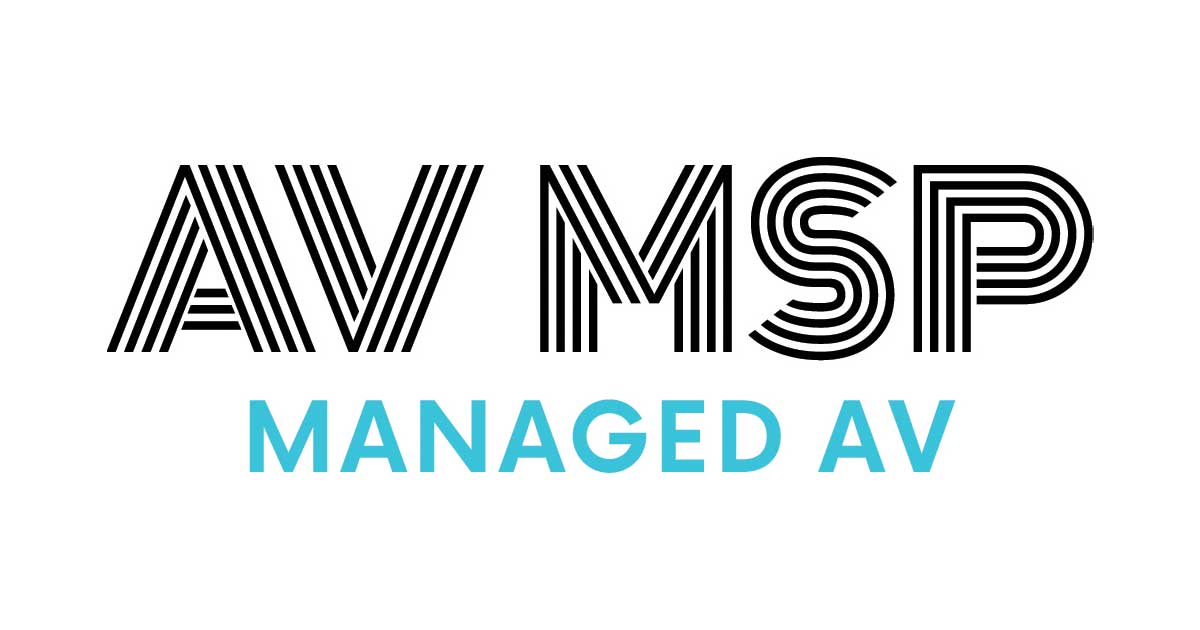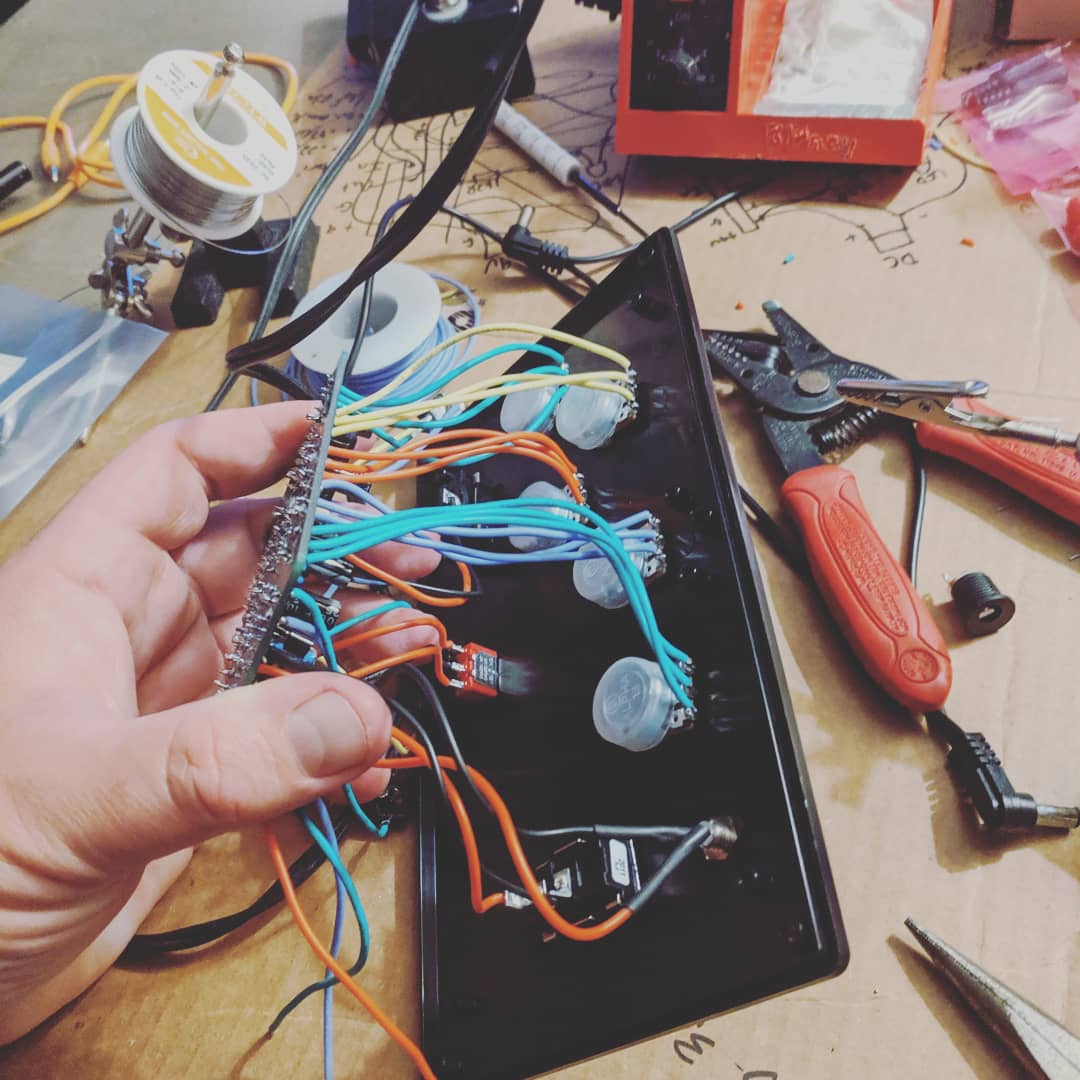Welcome to the February AV MSP newsletter! Last month we launched a monthly AV Service Roundtable event. It was a great success, if we do say so ourselves. The next one is on Wednesday, February 26th at 12PM EDT. You can sign up for the event here. This will also get you on a list to be notified of future Roundtables. We promise that your email will not be used for anything but that notification.
The Main Story
Our main topic today is How Do We Remotely Support That? Even if you have an AV technician physically on site, they cannot be everywhere at once and a lot of actions can be performed remotely. Troubleshooting steps that every manufacturer usually has you follow are (1st) did you reboot it? and (2nd) is it on the most up to date firmware version? If we can do both of those remotely, we have a chance to work on issues that are outside of “user error” without having to go to the physical space.

Rebooting is the single most effective thing we do to devices when troubleshooting. We work with electronics, and they’re complicated. Code can have an error, hardware can overheat or have other issues, and even the power supplies themselves have circuitry that is prone to issues that a power cycle can help correct. Putting in a power distribution unit (PDU) that has remote connectivity and individual plug control can save a lot of time.
The most basic implementation can be using a manufacturer that has basic web-based software that allows a technician to navigate to the right room and outlet, apply a power cycle, and then re-evaluate. At more advanced levels, smart PDUs can go through a health check and take automated action. This looks something like this:
- PDU monitors the voltage draw of the device on a specific plug
- If the voltage drops below a set threshold, the PDU pings the device to see if it’s still responsive
- If the device isn’t responsive, the PDU then checks another device on the network, like an internal DNS server, to see if there is a widespread network issue
- If the network is still functional, the PDU will automatically power cycle the device, wait a set period, and then try the checks all over again
- Finally, if that has not resolved the issue, the PDU will send an alert via email, API, or some other means to a ticketing system to alert technicians there’s a problem
This is a great way to deal with networked devices, because likely if they’re not drawing power and not online, they’re not functional. Might as well reboot! This gets trickier with non-networked devices though. Voltage draw may not be the best way to determine if it’s functional, so use this kind of automated action with care.
The other thing we need to be able to do is check the status of firmware and update it. In the last newsletter, we discussed that AV should be managed by IoT standards, and we should be holding manufacturers to those same standards. Devices should have a way to report this status to you. If you’re not getting this in a reasonably easy way, you should consider a change of manufacturer. There’s also a question of whether the devices or management software are considered safe and secure for you to use on your (or your customer’s) network. “What is secure?” is another topic for another newsletter – we promise we’ll get to it!

Your homework for this month is:
If you manage an AV environment, pick a manufacturer of a smart PDU and submit it to your IT security group to be approved. Make sure there are options that range from 2 to 8 or more outlets and that they are individually controlled. There aren’t that many options, pick one!
If you’re an integrator, do the same – pick a manufacturer, make it your recommendation, and be ready to support it with security documentation from the manufacturer. Your goal is to have a product that can pass a security check by your customer’s IT security group.
Improvements start with small steps – getting your power management figured out is the first step, and one of many remote tools you can deploy.
Green AV
Green AV has been a topic of discussion for decades now, from how it can help with LEED certification, to how manufacturers can reduce waste. There are a few aspects to being “green”:
- How much power does it consume?
- Can it help with saving energy indirectly?
- How long does it last?
- Can it be recycled?
Regarding the first item, AV products are becoming lower power than ever. LEDs use little energy, devices can run off POE (or some higher-powered variation), and we don’t need a full rack of equipment for a small conference room. However, AI tools can add a significant power cost to the development of a device or software. Training models use a ton of power [https://www.wired.com/story/ai-great-things-burn-planet/], so even if your device sips electricity, it may have an unseen power usage for processing data or getting updated software.
Hardware recycling is another topic we’ll revisit later – it’s complicated and there are not many good options. If you have a good green AV plan, share it with us and we’ll share it with the community!
News and Links
Microsoft is adding SMS support to Teams. Finally! We’re not sure right now how (or if) this will impact MTRs but keep an eye out. https://www.microsoft.com/en-us/microsoft-365/roadmap?filters=Microsoft%20Teams&searchterms=470999
Crestron is discontinuing all DM products. If you have a lot, you probably already know this, but here’s the info anyway: https://go.crestroninfo.com/webmail/767943/1926282682/f167ee3ceca170406bc12c4d7b1f96a64cd2029764e3a6dd248c7290118a0ac2
Can’t get enough links? Tubblog, a blog for MSPs, has a round up of links and info that might be useful. It’s on our reading list. https://www.tubblog.co.uk/blog/tubbservatory-round-up-37-jan-2025/
The Marketing
Thanks for reading, here’s an advert! We are AV MSP. We provide audio visual managed services directly to corporations, universities, and other organizations with large AV environments. We also provide services in collaboration with AV integrators and IT MSPs. All of this is done with modern ITSM software and standards. If you’re looking to elevate your services in the new year, please reach out to us at sales@av-msp.com to chat. You can also follow us on LinkedIn at https://www.linkedin.com/company/av-msp/, on Bluesky at https://bsky.app/profile/av-msp.com, and of course on our website at https://av-msp.com.
Want to get this newsletter delivered to your inbox? Use the form below!

